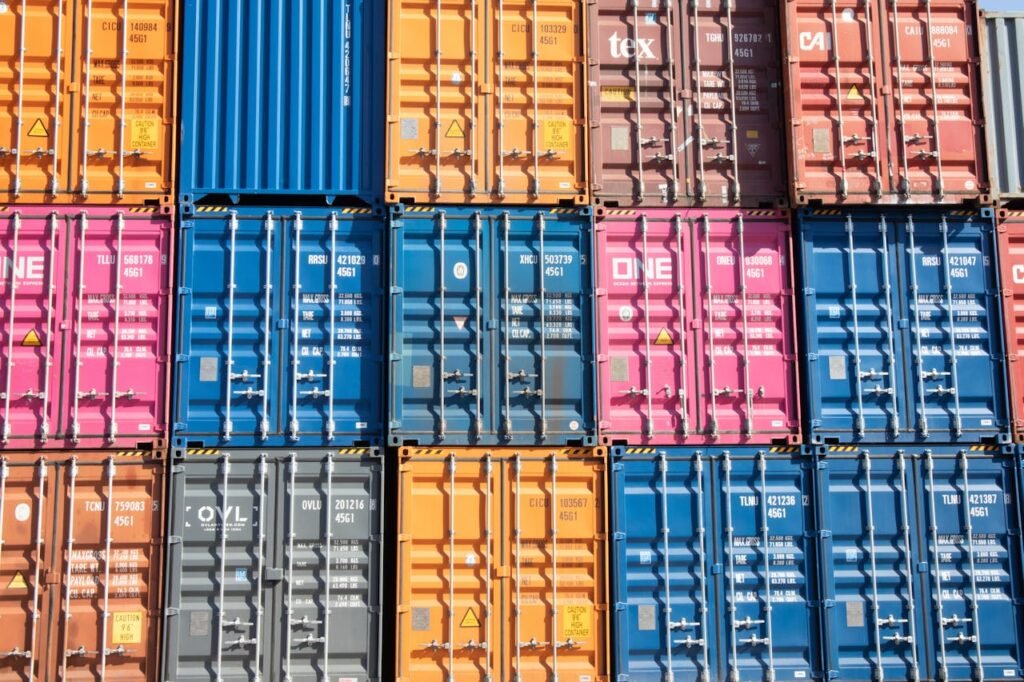You’re probably searching for affordable ways to buy a shipping container if you’re in the market for one. Thankfully, there are several methods you can use to cut costs and yet get a high-quality container. To assist you in finding shipping containers at a reduced price, this article will look at five key elements.
Consider Used Containers:
Buying used shipping containers is one of the best strategies to reduce the cost of shipping containers. Used containers can still provide great performance and durability and are frequently less expensive than new ones. Before completing your purchase, though, make sure to carefully examine the container for any indications of wear and tear or damage. When thinking about secondhand containers, give preference to trustworthy shipping container suppliers that offer thorough details about the history and condition of the container. Inquire about any renovations or repairs made to the container to ensure it is structurally sound. Used containers can be an affordable option for a variety of storage or shipping purposes, even though they could have minor physical flaws.
Compare Prices from Multiple Suppliers:
Never take the first deal that is put forward to you. Rather, allocate some time to evaluate quotes from several vendors. Comparing rates between different providers for comparable containers might help you get the greatest value. Ask about any discounts or promotions that could be offered as well. Take quality, extra services provided, and container condition into account when comparing rates from different providers. The total value may be impacted by vendors that add delivery or modification services to their offerings. Before choosing a choice, make sure to get quotations in writing and thoroughly read the terms and conditions.
Negotiate with Suppliers:
Do not be afraid to bargain with suppliers to obtain a better price. Negotiation is common among suppliers, particularly when buying in bulk or from returning customers. Be ready to leave if the price isn’t appropriate and make a fair offer elsewhere. Stress your readiness to commit to a purchase and your awareness of the containers’ market worthwhile bargaining with suppliers. Draw attention to any special needs or preferences you may have that might help you win the negotiation. The goal of the conversation should be to reach a mutually beneficial agreement, so be receptive and accommodating. Never forget to haggle over conditions and any extra services that are included in the purchase in addition to the price.
Opt for Standard Sizes and Specifications:
You can cut costs by selecting shipping containers with conventional dimensions and specs. Choosing conventional alternatives can help keep expenses down since customized containers tend to cost more. Standard containers are also easier and less expensive to buy because they are easily accessible. Standard sizing and standards save extra costs by ensuring interoperability with current transportation and infrastructure systems. Because standard containers are more commonly utilized in the shipping business, there is a greater supply available, which lowers rates. Standard containers are also more affordable to buy in the long term since they are simpler to sell if you decide you no longer need them. Putting uniformity first can help you optimize cost reductions without sacrificing quality.
Consider Renting Instead of Buying:
Leasing a shipping container is a better option than purchasing one if you simply need it for a brief project or temporary storage. Since you just have to pay for the container while you’re using it, renting might be a financially sensible option. Renting also gets rid of the requirement for ongoing upkeep and storage expenses. Another benefit of renting a shipping container is flexibility. To meet diverse needs, several rental firms provide a range of container sizes and kinds. Furthermore, for people who would rather not make a long-term investment in a container or have limited upfront funds, renting may be a more cost-effective choice. Make careful to enquire about all rental details prior to renting, such as delivery and pickup costs, rental length, and any additional charges or requirements.
Conclusion:
You can cut costs when buying shipping containers without sacrificing functionality or quality by considering things like buying second-hand containers, comparing costs, haggling with suppliers, selecting standard sizes, and thinking about rental choices. You can save a lot of money and still get the storage or transportation you need. It just takes a little planning ahead.

